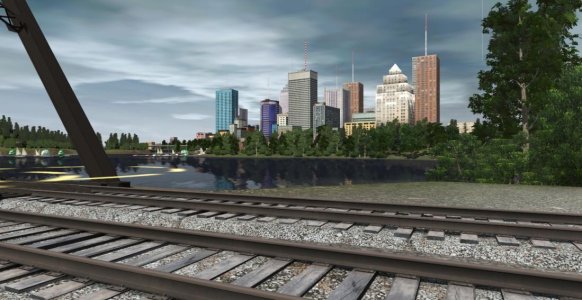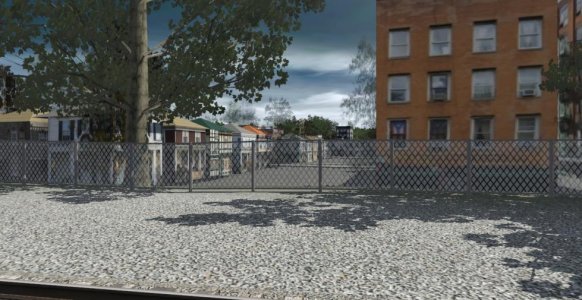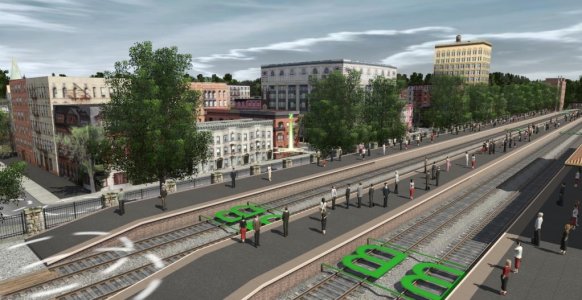I trust I'm not the only person that does this...
So most of the routes I build are set in rural, Midwestern US locales with not a lot going on, just because that's where I grew up. However, it's inevitable that eventually I have to build a town or city somewhere on the route. And then I stop. I get the trackwork through town done. Stations, yards, industrial leads, etc., but when it comes to building the actual city, I hit a creative block. Or rather, a creative brick wall, and the route dies, and it seems no amount of inspiration and research can get it moving again.
Those of you who build more routes than I do, how do you avoid these creative blocks?
Matt
So most of the routes I build are set in rural, Midwestern US locales with not a lot going on, just because that's where I grew up. However, it's inevitable that eventually I have to build a town or city somewhere on the route. And then I stop. I get the trackwork through town done. Stations, yards, industrial leads, etc., but when it comes to building the actual city, I hit a creative block. Or rather, a creative brick wall, and the route dies, and it seems no amount of inspiration and research can get it moving again.
Those of you who build more routes than I do, how do you avoid these creative blocks?
Matt



